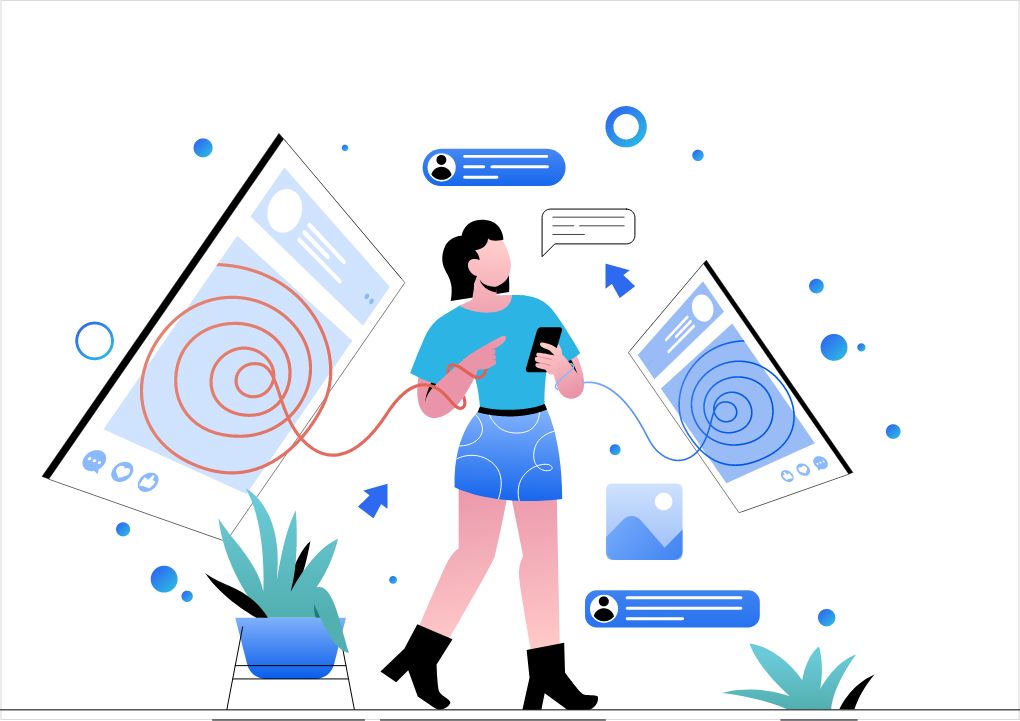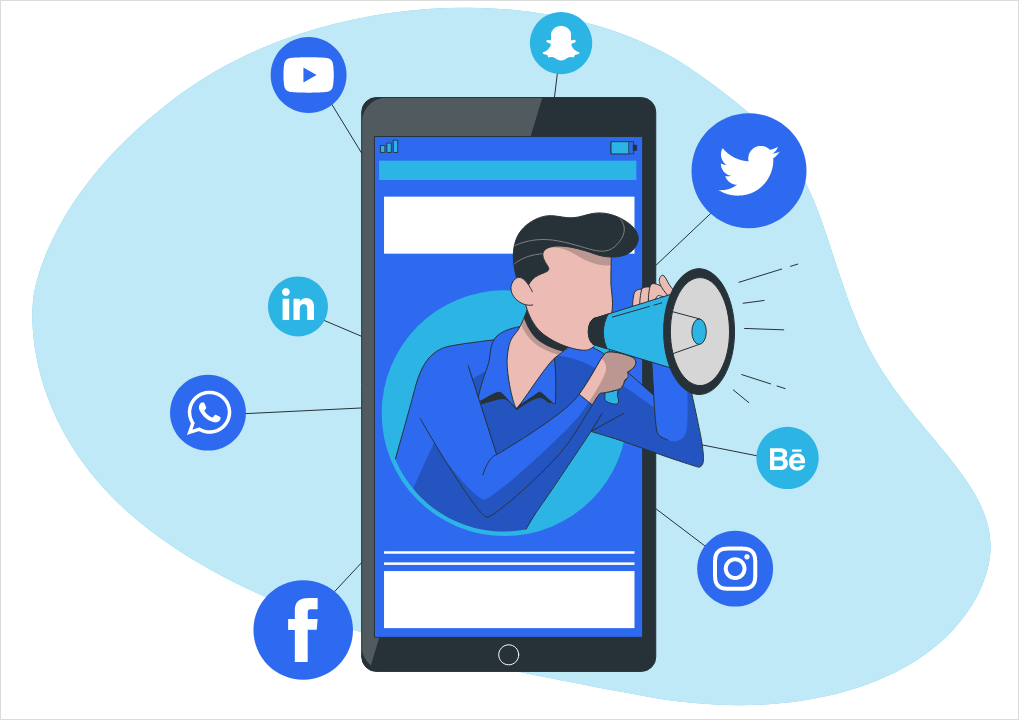According to a lot of marketers and businessmen, the end of third-party cookies indicates the end of online advertising. But that might not be the case. A cookie-less future will bring both obstacles and opportunities for businessmen. They may have to find more effective ways to drive data and stay connected with their customers. However, they can turn these obstacles into a golden opportunity of being distinctive in the new outlook of online advertising.
However, let’s first talk about the obstacles that businesses will face in the first place due to the extinction of third-party cookies.
-
Data Challenges
Brands will have a hard time driving the personal data of consumers to personalize their experience. The elimination of third-party cookies from the internet world will make them face more challenges in fetching data and fulfilling the needs of the consumers
-
Identity
The brands will also have to work harder to build their identity. They would need to find new ways for their brand recognition to further generate leads after the elimination of third-party cookies.
-
Targeting
With the change in data collection and brand recognition process, businesses would have to develop new strategies to target their audience and drive them to the site.
-
Monetization
Marketers have to change the way they used to monetize content for their specific brand. It can be done by developing new revenue channels. It also depends upon the quality of the new strategies whether the business will continue growing or it will get affected drastically.
Despite these challenges, the brands can turn such situations into greater opportunities by getting prepared for a cookie-free future. Here are a few opportunities related to the end of third-party cookies mentioned to let the marketers know what they can do about it.
-
Creativity
Brands have been using third-party cookies for a long time. It leads to a dull ad pattern that consumers are no longer interested to see. It also results in lazy advertising that doesn’t address the needs of the consumers.
On the other hand, in a cookie-free future of advertising, the brands will have more room to be creative. However, they will have to put in more effort and time in their advertisements that will further increase customer satisfaction.
-
Social Media Advertising
The elimination of third-party cookies is certainly not the end of the world. A lot of brands are already making the best use of social media platforms for advertising. They are actively taking help from Facebook, Twitter, Instagram, and YouTube to attract their targeted audience, so they don’t need to rely on third-party cookies.
For instance, Firefox has blocked third-party cookies far before in 2019. And it has been more than five years that Apple Safari has limited its use as well. So, it is high time that all brands act wisely and start investing their time, energy, and money in social media advertising. Otherwise, they will end up panicking and facing a significant monetary loss.
-
Customer’s Intent
The customer’s intent is the basic thing to start your cookies-free advertising journey. It is like starting from scratch or going back to zero. All you need is to know what your customer wants or needs. You can use various traditional methods like surveys, chatbots, emails, and so many others to fulfill the expectations of your customer.
You can design a cookie-less strategy by targeting the traffic to the site and then asking them relevant questions. This way, you won’t even have to assume anything as you will be asking everything from your customers directly. A perfect strategy and planning that includes the intent of your customers will lead them to make a purchasing decision.
-
First-Party Data
Instead of relying on third-party cookies, brands can switch to first-party data to personalize their customers’ experience. When a customer visits your site, you can assume that he is allowing you to understand his need, intent, and purpose. Once brands can identify the triggers that lead to purchasing behavior, they can direct their customers to the relevant site or device to help them make an informed decision.
There are multiple tools available out there that brands can use to address the needs of their customers properly. The key point of using the first-party data effectively is to keep the customers engaged to ensure that they keep coming back to the same site.
-
Measurement Partner
Another effective way to survive in a cookie-free online advertisement future is to build a relationship with a measurement company or partner. It won’t only help customers in developing trust in your service but also ensure the effectiveness of your advertising campaigns. At the same time, it will be taking care of the consumer’s privacy.
Moreover, you will be getting constant feedback about a certain ad from your measurement partner. It will help you optimize your ad accordingly. However, you should be aware of the capacity of your hired measurement partner beforehand to analyze the extent to which it can measure the performance of an ad. You should consider the type of platform as well from which your measurement partner is getting data to ensure that it is suitable for you.






